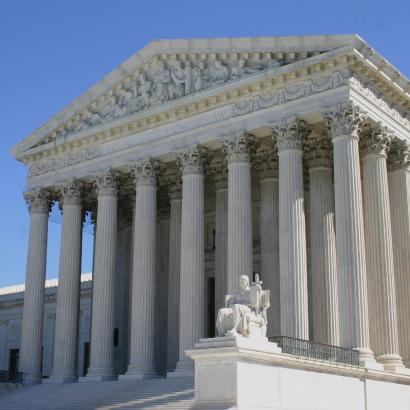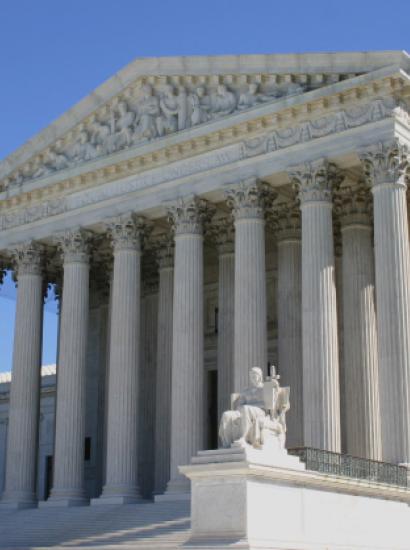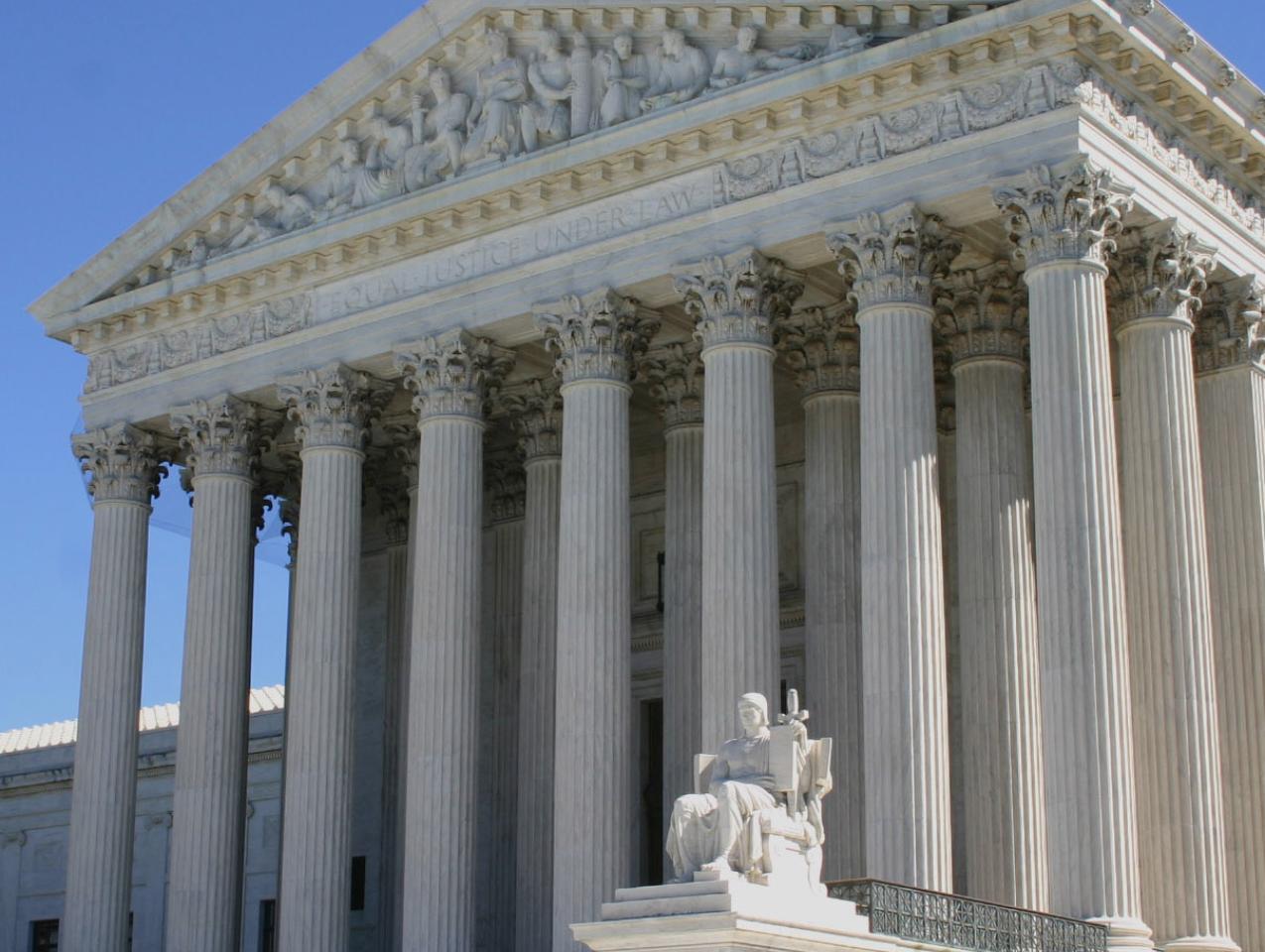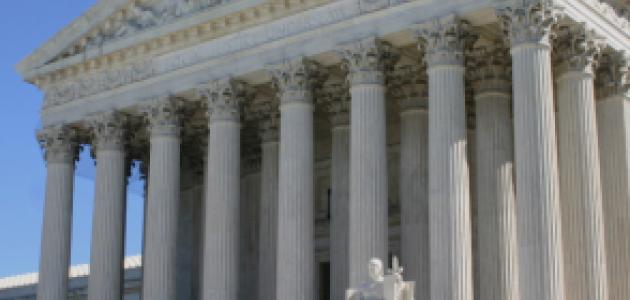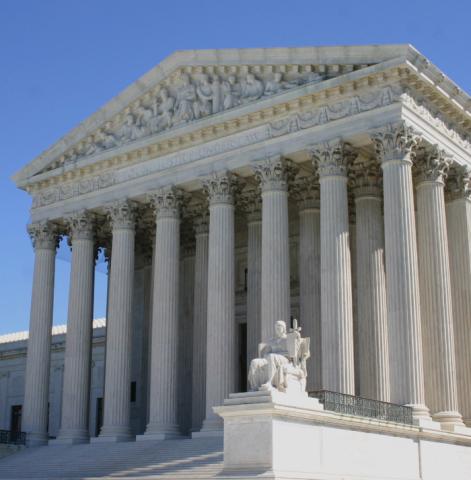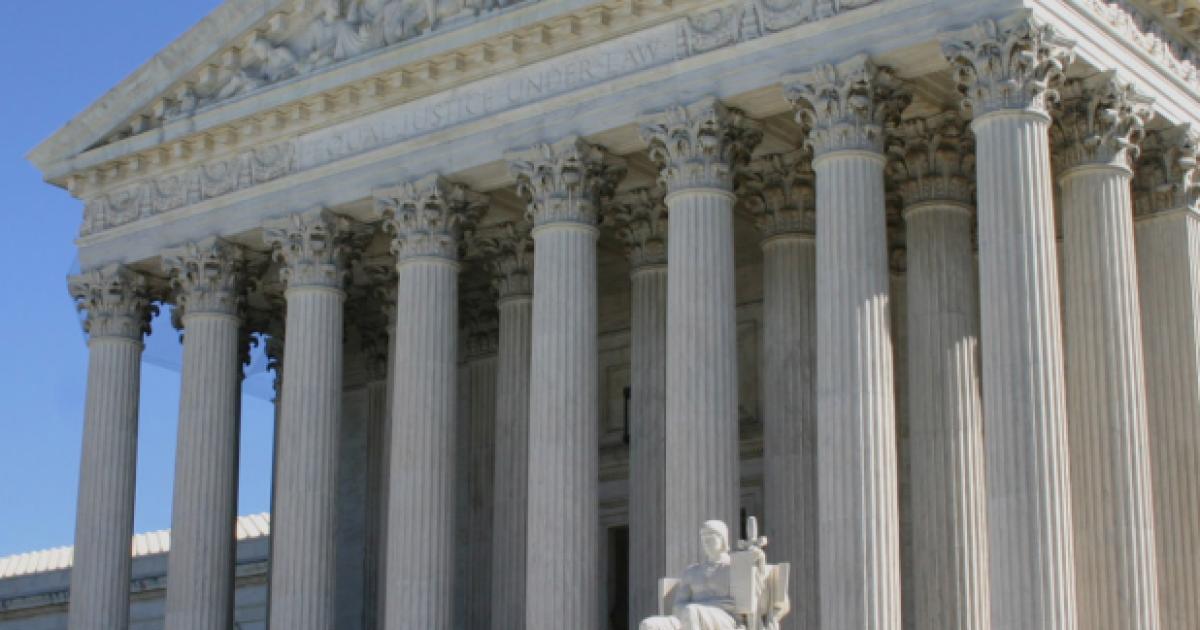Much of the Supreme Court’s work is devoted to interpreting statutes and regulations generated by the modern regulatory state. Increasingly, the common law tradition seems to be of little relevance to resolving the great disputes of our time. In my view, relegating common law principles to the back-bench constitutes a major source of confusion in the Supreme Court’s constitutional jurisprudence. The reason is that modern statutory law is heavily parasitic on the common law. A clear understanding of the uses and limits of common law principles is often the only way to see to the bottom of the well in many Supreme Court disputes.
The importance of common law is illustrated by Spokeo Inc. v. Robins, which was just argued before the Supreme Court. In Spokeo, the plaintiff sought to bring a class action suit on behalf of all individuals who had been injured by inaccurate reporting under the Fair Credit Reporting Act (FCRA), which attaches a fine between $100 and $1,000 for each offense. In the particular case, the plaintiff Thomas Robins had alleged that the defendant’s credit report had misstated the plaintiffs’ marital status, income, and educational levels in ways that made it more difficult for him to gain employment. The District Court held that the plaintiff did not have standing under Article III of the Constitution to maintain that claim on the ground that he did not allege that he had suffered “any actual or imminent harm” that could support the case. The Ninth Circuit found that such injury did exist, and the matter should be allowed to go forward. The Supreme Court took the case to address the following issue:
Whether Congress may confer Article III standing upon a plaintiff who suffers no concrete harm, and who therefore could not otherwise invoke the jurisdiction of a federal court, by authorizing a private right of action based on a bare violation of a federal statute.
Oral argument revealed much confusion about common law principles. Justice Sonia Sotomayor, for example, managed to mangle one thousand years of history by stating, “I mean most of the common law rights, like property rights are given to you by statute. They are not given to you by the common law.” Justice Kagan stated with undue confidence that “Congress is better than we are [in] identifying concrete harms,” thereby establishing the requisite standing under Article III. But the resources of the common law were on this point far deeper than Justice Kagan recognized.
The best way to unpack these mistakes is to begin with the common law of defamation. The standard definition of defamation is set out in § 559 of the Second Restatement of Torts, which reads:
A communication is defamatory if it tends so to harm the reputation of another as to lower him in the estimation of the community or to deter third persons from associating or dealing with him.
The key to understanding how this definition works is to link its two clauses together. Standing alone, the notion of reputation is unduly abstract and appears not to be connected to what Justice Kagan called “harming people in real-world ways.” It was never thus at common law. The harm from defamation is made clear in the second prong of the Restatement definition: defamation is always directed to one or more third persons, and the source of the harm lies in their unwillingness to associate with the plaintiff once the false information was revealed to them.
Blackstone understood the point perfectly when he wrote in his Commentaries that slander, i.e. spoken defamation, “may endanger a man in law, may exclude him from society, may impair his trade, or may affect a peer of the realm, a magistrate, or one in public trust, an action on the case may be had, without proving any particular damage to have happened, but merely upon the probability that it might happen.” And the same principle applied with even greater force to written communications, where their effect is usually greater.
These principles apply in Spokeo. The defamatory words are clear, but their causal effect to the loss of some business or social opportunity still has to be demonstrated. In some cases, the plaintiff may do so by proving special damages, e.g., by naming the third person induced by specific false words not to offer a job to the plaintiff, not to vote for him in an election, nor to extend an invitation to join a club.
The traditional law of defamation also recognizes that in some cases it is not possible for the defamed person to identify the source of his business loss. In 1938, in Ellsworth v. Martindale-Hubbell Law Directory, the North Dakota Supreme Court allowed an attorney to sue for general damages when his legal ability had been misrepresented in Martindale-Hubbell, a major legal directory to which people looked in order to find lawyers in distant locations. The plaintiff could not identify the potential trading partners who declined to do business with him because of the errors in Martindale-Hubbell. Nonetheless, the North Dakota court said that potential clients could hardly be expected to call him out of the blue to say that they would not hire him. It therefore remanded the case to the trial court to give the plaintiff the opportunity to prove whether his decline in business income was attributable to the defendant’s publication of the false report.
Spokeo is therefore a modern variation on that ancient theme. The plaintiff believes that the false report has hurt him, and thus wants damages for that loss. However, he faces serious difficulties in showing that some harm actually occurred. It is very difficult to link up his failed job search with the entry errors. If tried, an astute defendant’s lawyer would list all sorts of independent reasons why the plaintiff came up dry. The examination would go through each failed job candidacy to try and pinpoint why the plaintiff was not chosen: bad interview, other strong candidates, bad fit for the job, and so on. The uphill climb is far steeper than in Ellsworth, where all action took place at a distance.
It is now possible to see how legislation might help fill the gap. The huge factual uncertainties may make it impossible to prove general damages at common law, but should they shut him out altogether? Against this backdrop, Congress does not need to identify concrete harms that elude common law judges. But it does have a decided institutional advantage in being able to come up with a statutory range of general damages precisely to overcome the shortfall. What the statute does is to liquidate in advance all uncertain claims of this sort. The plaintiff now needs to prove much less to make his case, but by the same token he receives much less in damages for that weakened claim.
At this point, the statutory scheme starts to make sense. Accordingly, the constitutional debate about standing now becomes a distraction. No longer is it necessary to moot the question of whether a bare statutory violation counts as a “concrete harm.” General damages at common law are meant to remedy a concrete harm. Nor does this issue pose any special difficulty under the standing requirement of Article III, which states that “The judicial power shall extend to all cases in law and equity.” Standing is nowhere mentioned in the text of Article III. So long therefore as general damages are allowed at law, the case is actionable at law, just as it would be in any state court. Whether class actions should be allowed is a separate question of judicial administration under the Federal Rules of Civil Procedure.
The moral is clear: It is not possible to keep common law conceptions out of modern statutory cases, nor is it desirable. Both the briefs and the oral argument in Spokeo show why it is important to get this right. Spokeo’s reply brief, for example, takes a confused, if extended, tour of common law principles to explain why concrete injury is suffered in other contexts, but not here. It notes that the concrete injury requirement was satisfied in an instructive case where the plaintiff was allowed to sue for assault when the defendant, who had been unable to get wine from the plaintiff’s tavern at night, struck at her with his hatchet, but did not touch her. That brief and the oral argument also made reference to the famous 1703 decision of Chief Justice Holt in Ashby v. White, where he famously declared that “the want of this privilege [of being barred from voting] occasions great loss and damage.”
The defendants also quoted Blackstone incorrectly for the proposition that “injurious effects” are needed to support an action. But his full sentence reads: “But mere scurrility, or opprobrious words, which neither in themselves import, nor are in fact attended with, any injurious effects, will not support an action”—in contradistinction to the situations for special damages, mentioned earlier in the same paragraph as set out in the passage quoted above.
Understanding common law principles is equally important in dealing with key constitutional cases as well. Thus, in the stolen valor case United States v. Alvarez, a divided Supreme Court held unconstitutional the Stolen Valor Act that imposed criminal sanctions against persons “falsely” claiming that they had received decorations and honors from the United States—including the Medal of Honor. The dangers presented by the false and knowing misrepresentation of credentials are parallel to those in defamation cases. It facilitates fraud against innocent parties, which, like general damages, is difficult to detect and prove in individual case. The same logic that allows a liquidated damage claim under the FCRA explains why criminal sanctions for these knowing wrongs make sense.
Speaking more generally, public remedies are needed to fill the gap when private rights of action for fraud do not function effectively. Here, as in Spokeo, there are no short cuts to answering difficult questions of statutory or constitutional law. Like it or not, the common law is ubiquitous, and no lawyer or judge who deals with complex statutory and constitutional matters can afford not to master its principles.








